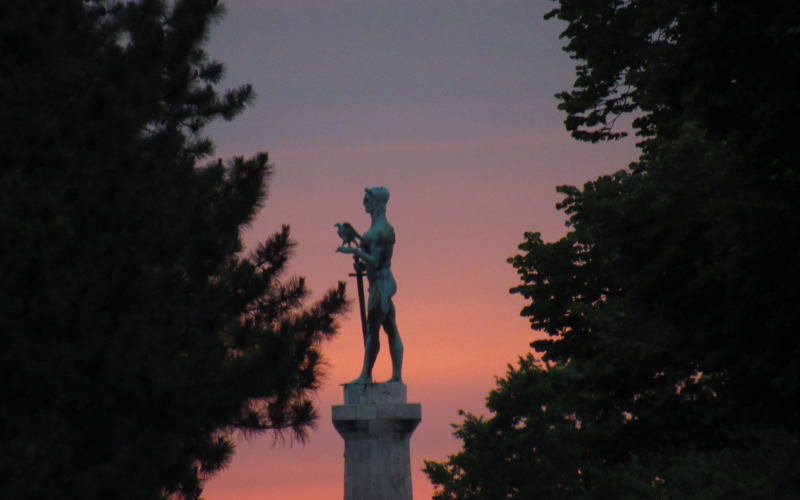
If one should name a single fascinating thing about Belgrade, that will certainly be her long history. In the 3rd century BC, the Belgrade area was ruled by Celts, followed by Scordisci who named the city Singidun. In the 1st century AD, the city was romanised and renamed to Singidunum, the name we use to this day to depict how ancient the history of Belgrade is. After going through countless tribe invasions during the Roman period, in the 16th century, Belgrade fell under the rule of another empire ruled by the Ottomans. Their rule was several centuries long and had an enormous cultural impact. From this concise history overview, it is obvious the spirit of the city has been modelled in respect to different cultures.
When it comes to the identity of Belgrade, it is also multilayered, the same as her history. The Belgrade fortress represents the oldest urban area of the city which oversees the confluence of the Danube and Sava rivers. Besides the beautiful panoramic view from the fortress, it showcases the connectedness of its inhabitants with the river banks.
There are several paths you can choose to walk downhill from the fortress to the Sava and Danube, and in May this year another one was built aiming to connect Kalemegdan with the Sava river bank. The new passarela actually connects the park with Beton hala, a famous nightlife place with restaurants and bars. Descending to the river bank you can see that the passarela complex has a unique steel art piece placed on top of the elevator, signed by artists Richard Deacon and Mr─æan Baji─ć.
When in Belgrade, be open minded in order to understand the contradictions of her inhabitantsŌĆÖ identity. What shapes the identity of a Belgrader is somewhere between her tempestuous history, finding the middle way in the east-west dichotomy, high respect for tradition, and cosmopolitanism.